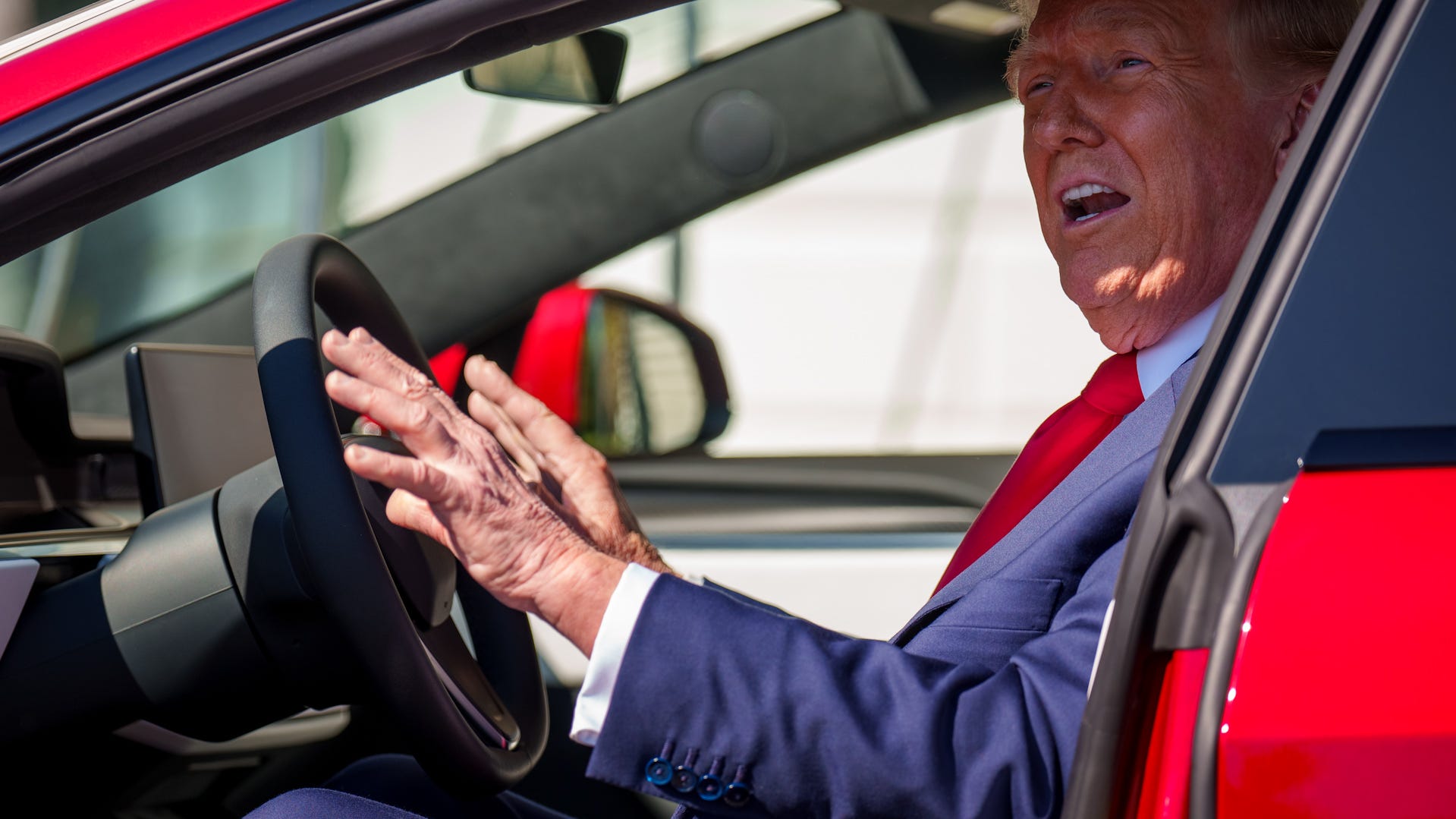Commentary: Is Trump's plan for tariff relief for automakers too late to stop global impact?
President Trump is modifying automobile tariffs after a coalition of top automakers expressed serious concerns.

- The Trump administration is giving automakers some breathing room but the pressure is still on.
- Automakers could be compensated for previous tariff payments as Trump attempts to pull back on fierce tariffs.
- The end result of months of tariff confusion and calamity will be a push for American manufacturing.
In a not-so shocking turn of events, President Donald Trump is signing an executive order Tuesday, softening the blow of 25% auto tariffs announced in the first quarter. The initial auto tariff proposal has effectively changed the way several major automakers are approaching production in the quarters (and even years) to come.
Ambiguous auto tariff announcements have prompted OEMs to adapt their production strategies, grinding deliveries to a halt and shifting manufacturing plans to avoid existential threats to profit margins. So, what does President Trump's change of heart mean for your favorite car brands and your vehicle options?
Trump auto tariff pump fake has automakers leaping
The pump fake is perhaps one of the most underrated moves in the sport of basketball. It involves the ball handler faking a shot in an attempt to have the defender leap into the air, creating a clear opening when they fall for the tactic. Its similar to a bluff in poker, something the Trump: The Art of the Deal author is very familiar with. Bluffing can be a powerful tactic in business and negotiations, but what happens when billions of dollars, jobs, and tax revenue are on the line?
Tariffs aren't something to take lightly. The mere suggestion of tariffs implies a major change in trade relations between two countries. President Donald Trump intends to completely reimagine U.S. trade relations with our closest partners and fiercest rivals, for better or worse. The current administration may be bluffing when high-percentage tariffs are announced, but many automakers lack the leverage to risk another round at the poker table.
Kenny Rodgers sang "you've gotta know when to hold 'em, know when to fold 'em". Some major automakers have effectively walked away from the poker table in response to the threat of tariffs, adjusting strategies accordingly instead of waiting to see how things play out.
The auto industry's response to tariffs
Reuters reported that Honda will be producing its new Honda Civic Hybrid in Indiana instead of Mexico to avoid import tariffs. According to CNBC, Nissan plans to maximize its American production plants in response to tariffs. Automotive executives have met with President Trump to plead for modifications to the initial tariff proposal. Furthermore, some of the industry's greatest rivals including Toyota Motor Corp, General Motors, Volkswagen Group, and more have formed a coalition to represent their mutual interests.
The coalition sent a letter to the administration which likely prompted the sudden change of heart regarding auto tariffs. This issue is, the long-term impact of the initial tariff proposal is becoming increasingly unclear. If you're confused, welcome to the club, because the administration is making retroactive modifications to tariffs.
In layman's terms, President Donald Trump announced severe tariffs on companies that import cars and car parts from foreign countries because he wants vehicles to be as American-made as possible. Ideally this would result in more jobs and more tax revenue for the United States. The issue is, global supply chains and trade relations have been long established for successful automakers and these tariffs could disrupt everything.
President Trump's updated auto tariff policy
As of the time of writing a tariff on foreign auto parts is planned to go into effect on May third, 2025. Foreign vehicle import tariffs are already in effect. That said, new modifications are retroactive, so automakers could receive compensation for tariffs paid in April of 2025.

Another modification is an exclusion of tariffs on steel and aluminum for automakers. Essentially, the idea is to provide some temporary relief from severe tariffs, giving automakers time to shift production to America, instead of completely decimating profit margins immediately that would result in price increases.
To simplify things, there's a great battle of tug-of-war going on between President Trump and other world leaders. The administration's idea is to pull as many automakers into American manufacturing as possible. Whether or not this is feasible without hurting consumers remains to be seen.